SUMMARY
This is AI generated summarization, which may have errors. For context, always refer to the full article.
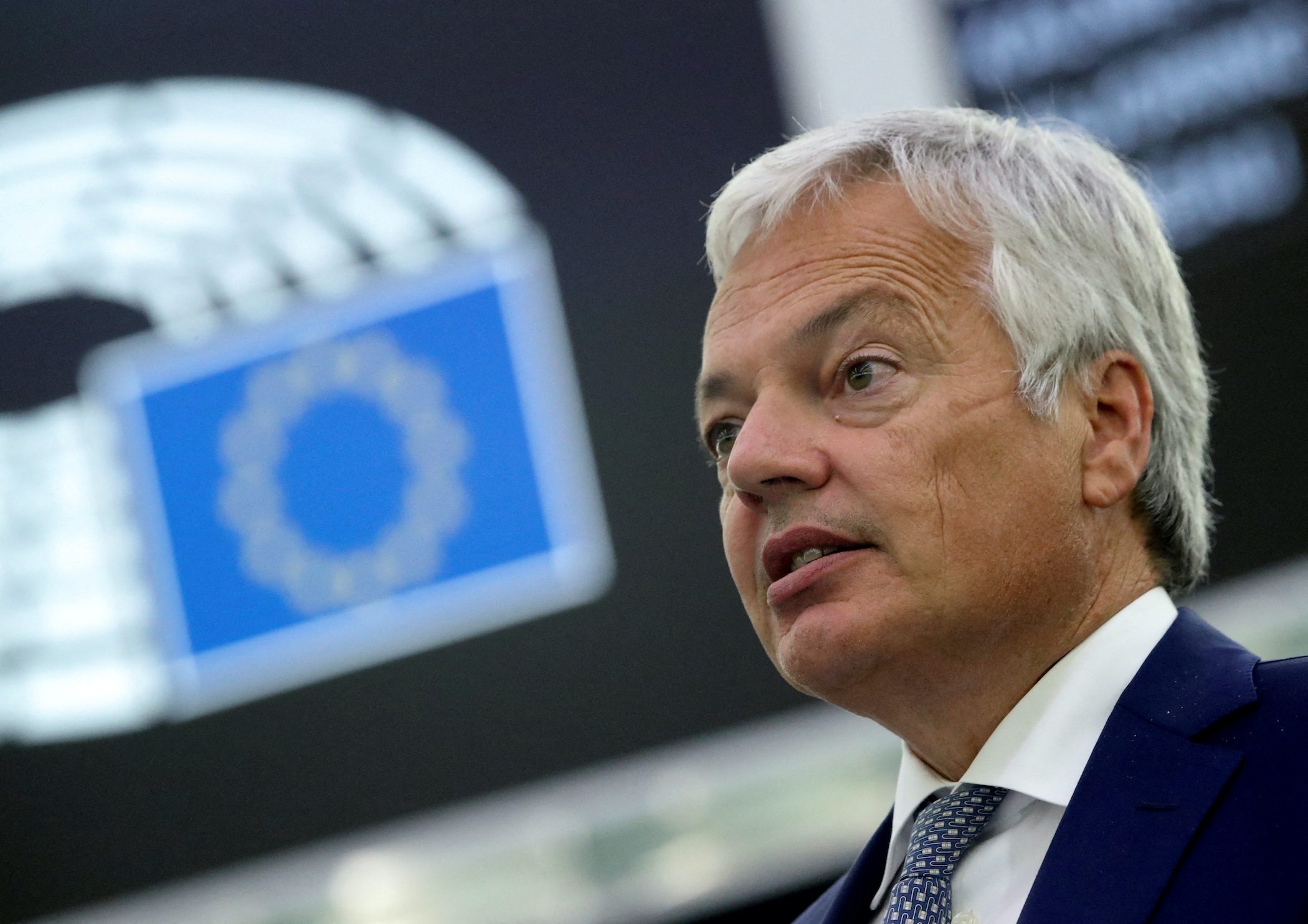
BRUSSELS, Belgium – The European Union is looking at seizing Russian assets frozen under sanctions over Moscow’s war against Ukraine to use them for the post-war reconstruction of the former Soviet republic wanting to integrate with Western democracies.
While many in the EU say confiscation is politically and morally desirable, they also worry it is illegal and would open the bloc to lawsuits it could risk losing in its own courts.
Here is the current state of the debate after more than 150 days of Russia’s war against Kyiv.
Freezing
The 27-nation EU has sanctioned more than 1,200 individuals and 100 entities for destabilizing Ukraine since Moscow annexed Crimea in 2014. Following Russia’s invasion of Ukraine on February 24 this year, the EU blacklisted President Vladimir Putin, Foreign Minister Sergei Lavrov, and oligarchs, among others.
Those people are now barred from visiting the EU and their assets in the bloc are frozen – but not confiscated to be sold, which in most member countries requires a criminal conviction.
The US Treasury said at the end of June that Western allies had frozen or blocked more than $30 billion worth of sanctioned Russians’ assets.
The EU’s executive European Commission has reported 13.9 billion euros of Russian oligarch assets blocked in the EU.
But this could be just a tiny fraction of foreign wealth of blacklisted individuals. While no exact figures exist, Anders Aslund, a Swedish economist who advised the Russian government in the past, estimates all assets of blacklisted individuals outside Russia could be worth some $400 billion. It is not clear how much of that could be in Europe or the US and therefore how much could be subject to freezing or seizure.
On top of that comes an estimated $300 billion to $400 billion worth of Russian central bank assets held in the West, of which France has reported freezing about 23 billion euros.
Seizing
These assets could go towards meeting Ukraine’s reconstruction needs, which a deputy prime minister of the country estimated at $700 billion for rebuilding damaged infrastructure alone.
Western states would first need to seize the assets, which in most EU countries requires a court conviction for a criminal offense.
To enable that, the EU Commission wants to expand the list of crimes recognized across the EU to include circumventing or attempting to bypass sanctions. That plan might be adopted this autumn but would take longer to trickle down to all 27 states.
In its latest sanctions package, the EU last week put the onus on the sanctioned individuals to declare their assets for freezing, in a bid to make it easier for state officials to act.
The bloc is also looking at confiscation without conviction, though there is only limited experience with that in the United States, Canada, Italy, and Ireland.
With property rights enshrined in the European Charter of Fundamental Rights, the bloc’s top justice official, Commissioner Didier Reynders, was cautious.
“In my view, confiscation should still be a result of a criminal conviction,” Reynders told Reuters last week.
“The last thing I want is for the EU to rush into decisions and then see negative decisions coming from Luxembourg or Strasbourg,” he said in referring to the EU’s top court, the Court of Justice of the EU (ECJ), and the France-based European Court of Human Rights.
The ECJ has admitted some 150 challenges related to the EU’s sanctions for the turmoil in Ukraine since 2014, of which about 70 are still in progress, the court’s press office said.
Of that, some 50 EU decisions have been annulled, at least in part, it said.
That, however, at times had little practical effect as was the case with Ukraine’s former pro-Russian president Viktor Yanukovych. He had already been sanctioned for another year under a new formal decision when he repeatedly won against previous such decisions that had already lapsed.
Or else…
That is, however, a prominent warning for those contemplating rerouting frozen Russian assets to rebuilding Ukraine.
Should seizing prove impossible for legal or practical reasons, Reynders said the West could hold Russia’s assets frozen for as long as Moscow does not agree to contribute to Ukraine’s reconstruction as part of eventual peace talks.
“The goal is not to seize for the sake of it. Rather, the goal is to ensure Russia’s participation in the reconstruction of Ukraine, since it’s Russia’s invasion that created the need for it,” said Reynders. – Rappler.com
Add a comment
How does this make you feel?
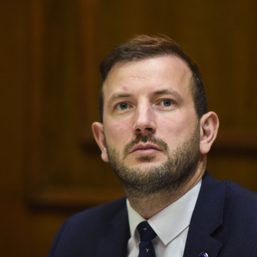

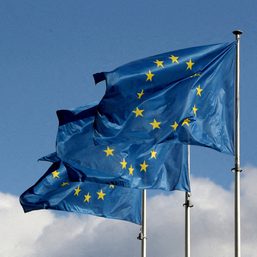
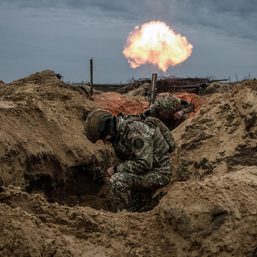

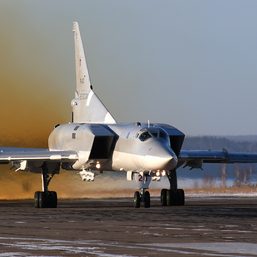
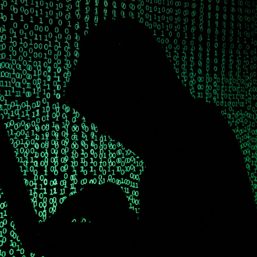
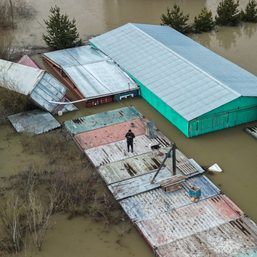
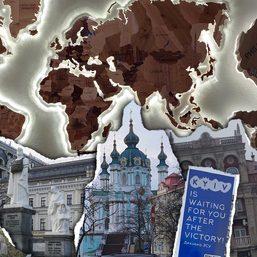
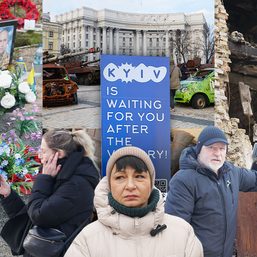
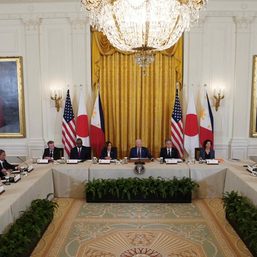
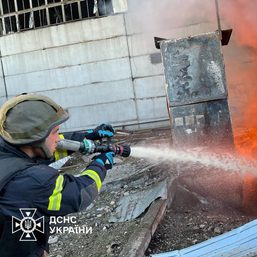
There are no comments yet. Add your comment to start the conversation.